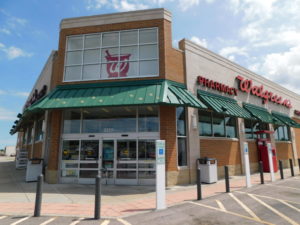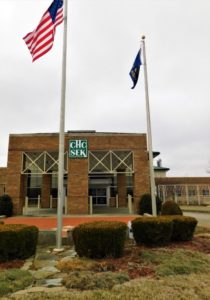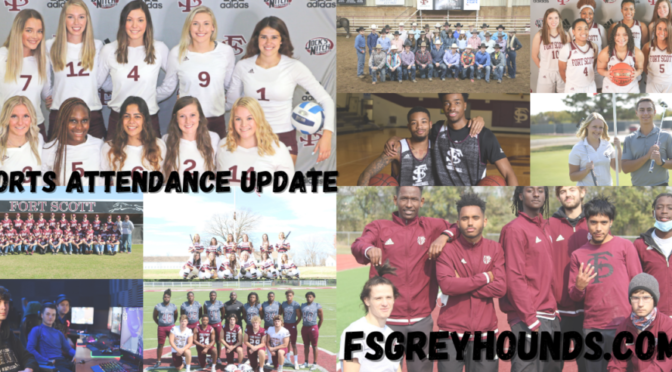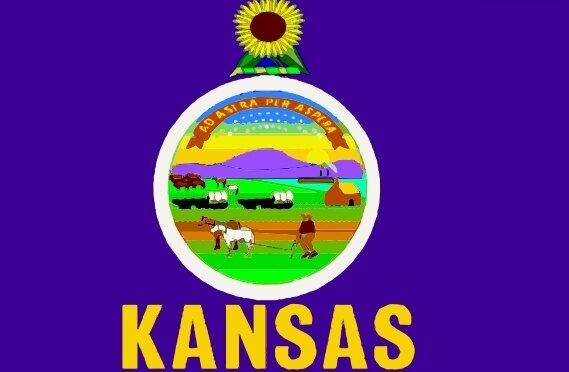There are limited supplies of COVID-19 Vaccines available now in Bourbon County with more on the horizon.
This, in less than a year since the COVID-19 virus began across the United States.
Here are some locally.

Walmart
Walmart Pharmacy personnel, 2500 S. Main, started giving vaccines to the public last week.
“We started giving them on Feb. 12,” Pharmacy Technician Tim Haggins said.
“We are only giving by appointment, six days in advance,” he said. “We are already booked six days out.”
“There is one appointment every 20 minutes,” he said.
Following the shot, people must wait for at least 15 minutes in a chair to be observed for any reactions.
Shots are administered from 10 a.m. to 6 p.m. with a two-hour break from 12:40 to 2:40 p.m.
They are giving about 200 shots per week, he said.
Inclement weather does affect the appointment schedule, due to hazardous road conditions, he said.
“If we need to move appointments, we will call people,” he said.
To schedule, one must go to https://www.walmart.com/cp/1228302

Walgreens
Walgreens, at the corner of Hwy. 69 and 23rd Street, has the vaccine but is awaiting directions from the corporate office, said Pharmacy Technician Keely Gooderidge.
One must go to http://Walgreens.com/ScheduleVaccine to schedule an appointment and to see if eligible for the vaccine.

Community Health Center in Bourbon County
“We have gotten a limited number of vaccines and have focused first on emergency and medical personnel….we’re also collaborating with area health departments to get school staff vaccinated including Bourbon County,” Krista Postai, CEO and president of Community Health Center of Southeast Kansas said. “We are also working with them to vaccinate child care providers.”
“The shots we have given have been in assistance with county health departments using their vaccine allotments,” said Rob Poole, CHC Communication and Marketing Director.
Last week, CHC was able to call in patients from a list run from their electronic health records, as well as a waiting list from those who have called in over the last few weeks, Postai said.
“According to information announced last week, health centers across the county should begin receiving vaccine directly in addition to any allocations through the state,” Postai said. “We heard priority was going to those health centers with more than 2,000 patients over 65. We have well over 7,000 so we’re thinking we may be at the head of the line, which means, fingers crossed, we should start seeing more vaccine by early March,”
Poole said a recent Biden Administration press release stated that 250 health centers around the country would begin receiving vaccines directly from the federal government.
“There is not an exact timeline, but I can assure you we’ll spread the word as soon as it happens,” Poole said.



